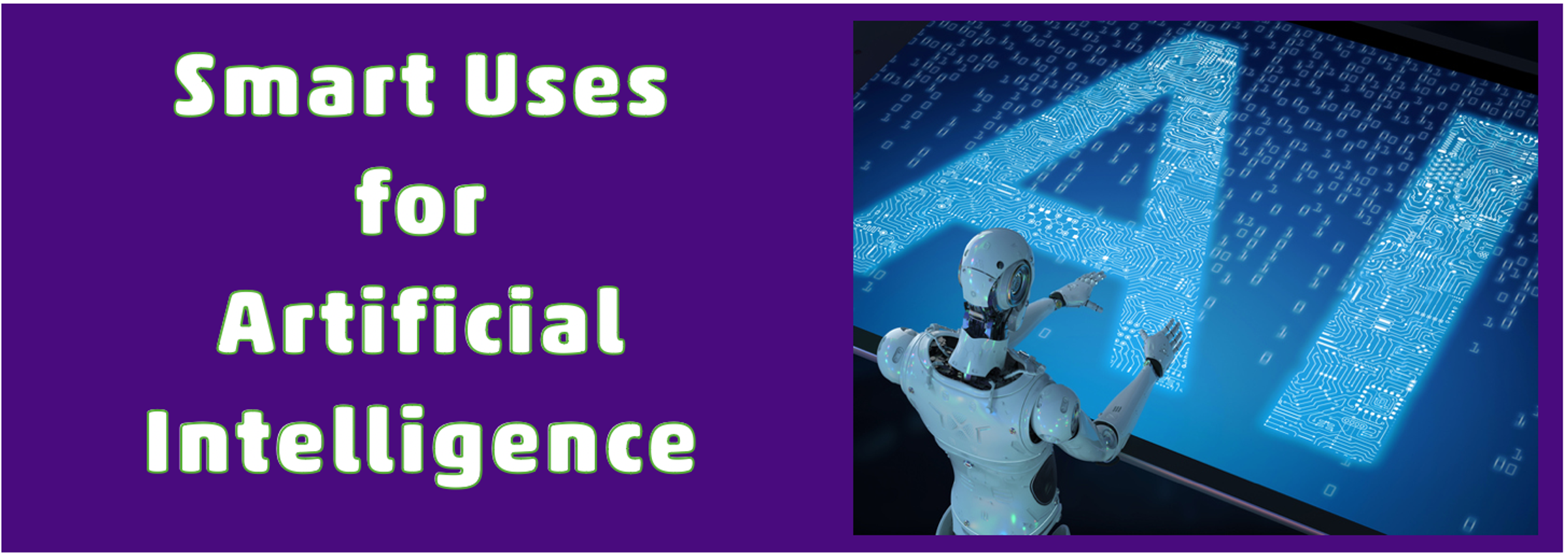Artificial Intelligence - AI :

The “Next Big Thing”: Some New Technologies That Will Change The World:
Commercial Nuclear Fusion Power
Nuclear fusion, in its most common form, is the process of energy being released when bits (“atomic nuclei”) of hydrogen are exposed to extreme heat and combined. This process releases massive amounts of energy, which humanity is increasingly hungry for. That’s how the sun works too.
The importance of nuclear fusion lies in the earth’s near-unlimited hydrogen supply, which can be extracted from water, and its only by-product is harmless helium. Fusion reactors are also safer than fission reactors, as they do not create any long-lived radioactive nuclear waste. Commercial nuclear fusion power would provide cheap utility-scale energy with very little environmental impact and improve energy availability and security if implemented.
Several countries have heavily invested in fusion research, and private companies are also conducting trials. The ITER reactor under construction in France and due to begin operation in 2026, is the first reactor that should produce energy positive fusion; but dozens of others are being built.
However, fusion research is slow and capital-intensive. The technology’s biggest issue is that rectors need to create temperatures hotter than those found on the sun to start the fusion reaction. Doing so requires more energy than what the reaction produces. Despite recent advances, the commercial operation of fusion power is still uncertain and likely a decade away.
Robot knowledge sharing
Whether they are in factories, in warehouses, at home or on the street, robots are impressive… yet profoundly stupid. They work well in highly controlled environment, but every new situation stump and/or breaks them, which tends to be very expensive. “Robot Knowledge Sharing” technology changes that. Researchers pushing the concept forward aim to create a standardised way for robots to share information with each other.
That information would be gathered through trial and error (aka reinforcement learning), which we know to be an efficient way for AIs to learn. It could take many forms, from the simple knowledge that an obstacle has appeared on a road, to the ability to grab a complex shape. Efficiency will go up exponentially, and costs will decrease at breakneck speed.
Once the genie is out of the bottle, we cannot put it back. But let’s hold the Terminator talks for 2040: hardware, sensors, ML processes, data configuration… much needs to be standardised before the concept works. All the big players will want their way to be the right way, so things may not get done - soon, at least. It may be humanity’s inability to agree on anything that saves it.
DAOs
The future of work - you will work on something you love without interviewing. You will work for numerous employers, all of which will pay you based on a contract you did not sign. You will compete for rewards with colleagues you don’t know, but you’ll see everything they do. You will get a say on the organisation’s strategy, as will all your customers. You’ll be remote, global, and always “on”. Sounds like a dream? You’re right. A nightmare? Right again. Welcome to the world of Decentralized Autonomous Organizations.
DAOs are how humans will soon come together to make decisions in the digital world. They will do so with the help of two key tools. Firstly, the rules governing organizations will be expressed as a series of “IF/THEN” statements coded directly into a blockchain, rendering them both auditable and permanent. Secondly, stakeholders will issue voting shares as “digital governance tokens” — also recorded on a blockchain. Doing things this way replaces, in theory, the legal mumbo-jumbo of today’s organizations (as rules are coded) and their hierarchical nature (as every stakeholder has a voice).
Technically, all sorts of work structures can be created as Decentralized Autonomous Organizations. Investment companies, consulting companies, engineering companies, etc. But that’s just the theory; the reality is more complex… and more interesting.
Digital Twin of a customer
Companies are using AI to create digital twins of customers. They will be able to predict the future… but only the part where you decide which brand of toilet paper you’ll buy.
With enough data and dynamic algorithms, creating capitalistic digital replicas of specific persons or personas is now easy. This would be not only to understand and predict behaviors but also to show how changes in purchasing environments will affect customer decisions based on what is known about them. As markets become tighter and the cost of borrowing more expensive, companies must make sure they make the right choices about products, services, promotions, marketing campaigns… Playing with categories of customers as we once played The Sims will no doubt reduce the cost of failures and maximize stockholder profits.
This technology is already in progress and will no doubt work for personas/categories of customers. Things may be different for individuals, however. We may finally be wary enough of having our data harvested for manipulative purposes. Companies looking to create Digital Twins will need to establish trust in their process and use of the technology.

